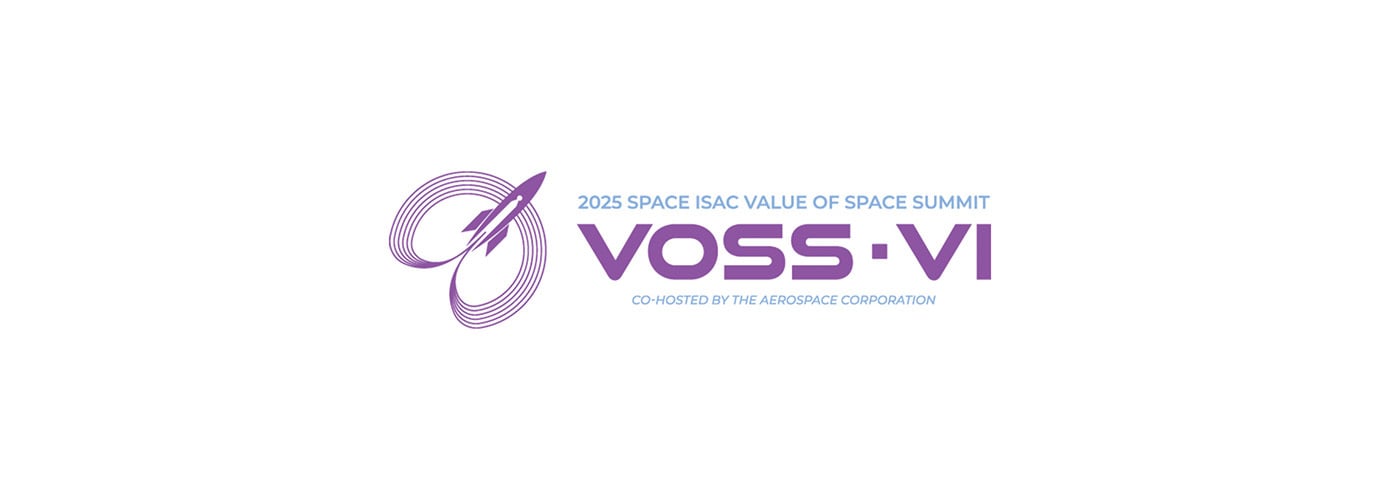Beyond the Questionnaire: How NetRise Informs Third-Party Risk Management
Nearly every organization now depends on someone else’s code. That reality has made Third-Party Risk Management (TPRM) and risk rating platforms indispensable for governing vendor trust and software assurance. Tools like BitSight, SecurityScorecard, RiskRecon, Panorays, and Black Kite help track cyber hygiene and compliance posture across thousands of suppliers.
These tools help maintain accountability across vast vendor ecosystems, but their visibility still depends on vendor self-attestation, the digital equivalent of measuring only the tip of the iceberg. What’s below the surface is rarely examined: the compiled code, inherited libraries, and configuration artifacts that make up the product itself.
Many organizations assume that vendor risk stops at the firewall — that as long as a supplier meets compliance checklists, the exposure is manageable. The reality is far murkier. Every connected device, from security appliances to network controllers, contains software that few have ever truly examined, sometimes not even the manufacturer itself. Those unseen binaries can contain secrets, misconfigurations, and public and private keys waiting to be found.
What’s Beneath the Surface: Evidence, Not Assertions
The only way to measure unseen risk is to look beneath the surface, and that’s where NetRise begins. NetRise isn’t a replacement for TPRM. It fills in what those tools miss.
Binary analysis reveals what’s truly inside vendor firmware — not just vulnerabilities, but the context that shows how they can be exploited and why you should care:
- Detect misconfigurations, hard-coded secrets, and exposed cryptographic materials in compiled code
- Highlight security risks in components that actually execute at startup
- Map inherited and open-source components that never appear in vendor SBOMs
- Validate SBOM accuracy with evidence from compiled code, confirming what actually executes
The NetRise Platform ingests compiled software and firmware from any vendor device or application and automatically generates a Software Bill of Materials (SBOM) from the actual code, not from developer declarations. That distinction matters. By scanning what actually executes, NetRise correlates vulnerabilities to runtime exposure and produces intelligence ready to integrate into your TPRM workflow.
These are the blind spots where traditional assessments end and real risk begins. NetRise extends visibility into the compiled code, showing not what vendors claim is there, but what truly executes.
Case in Point: The F5 Breach
When the F5 BIG-IP firmware breach surfaced, it revealed what many organizations had long suspected: compliance reports and attestations don’t tell the full story.
- Questionnaires, self-attestation, and compliance frameworks are fundamentally flawed - As an industry, we have to come to grips with the fact that if vendors - and in particular their development environments - can be compromised at such a substantial level, the "check boxes" that these frameworks and questionnaires provide are not actually reducing risk.
- Enterprises that actually procure, deploy, and rely on third-party software to run their businesses are completely blind to underlying risks and vulnerabilities when the only mechanism to be informed of these risks is the vendor (or some other CVE Numbering Authority (CNA)) publishing CVEs. It's not coincidental that days after the breach was detected and made the news, patches were made available for 44 CVEs. Who knows how long these were in the backlog for?
Verify, Then Trust: A “Better Together” Model
TPRM and risk rating tools will always have a place in the governance stack. They assess a wide range of vendor factors — from financial health and data privacy to regulatory compliance and operational stability. NetRise strengthens one crucial dimension of that oversight: the software and firmware risk hidden inside vendor products.
Paired with NetRise, that oversight becomes verification. By combining self-attestation data with compiled-code analysis, you move beyond trust toward evidence.
Integrating NetRise into TPRM workflows turns vendor oversight into active validation. Security and compliance teams can map binary-derived SBOMs directly to vendor inventories, confirm whether a supplier’s attestations are accurate, and prioritize remediation and creation of controls based on actual risk.
That visibility also transforms vendor conversations. Instead of debating questionnaire responses, you can share evidence-backed findings that help suppliers strengthen their own software assurance programs.
This layered approach delivers:
- Deeper assurance that reported SBOMs match the actual software
- Actionable intelligence for remediation and procurement decisions
- Reduced uncertainty when disclosing risk to executives and regulators
- A move from passive acceptance to active vendor oversight, eliminating blind trust in your vendors’ products
Together, TPRM frameworks and NetRise form a continuous validation loop — visibility on the surface, verification beneath it.
Seeing the Whole Iceberg
Your organization’s third-party software supply chain is larger, older, and more opaque than most teams realize. Questionnaires illuminate only the visible portion. NetRise reveals the rest, the hidden software risk that compliance dashboards can’t see.
The next generation of third-party risk management will depend on what can be verified, not merely declared. As regulatory pressure around software transparency grows, organizations that pair governance with binary evidence will lead the way.
You can’t secure what you can’t see — and with NetRise, you finally see it all.
Stay up to date with the news
Sign Up To Get Our Free Insights Delivered To Your Inbox
You might also like
Explore other exciting events!





